When it comes to creating a sense of urgency in a safety culture, how we measure safety is important. However, measurement is difficult to relate in a blog. Some of my clients have very advanced safety metrics, while other clients have only begun. Each company will measure differently.
There are certain measurements that are very common in safety.
- Have any deaths happened?
- How many injuries have occurred?
- How many workdays have been lost?
- How many workers’ compensation claims exist?
- What is contained in the recordable OSHA 300 Log?
I believe that these are all good questions; the answers lead to a good start. However, these are all reactionary questions. They respond to an accident that has occurred. Hence, you already missed the opportunity to prevent accidents in the first place. Therefore, other quantifying matrices are also vital.
Optimistically, a company can begin recording close calls and near misses. Although an accident did not occur, these are incidents. Thereafter, a procedure to process not only accident investigations but also incident investigations should be implemented. This can offer valuable data. The lessons we learn from close call events can prevent the actual accident from transpiring in the future. This would elevate your company to the next level. However, that level is still mediocre.
The companies that excel in safety devise an extraordinary safety culture with a sense of urgency to accomplish more in metrics. Companies that track established behaviors that leaders should display are the ones that shine.
For instance, you can establish a daily morning huddle or discussion with workers, conducted by supervisors. The supervisors may also be accountable for leading periodic site safety inspections. Additionally, they may also be in charge of directing a weekly or monthly safety meeting weekly with their crew. These actions can be traced and are determinate. Frequently, companies who seize proactive methods yield much better safety results. Companies who continually react to accidents tend to have average to poor outcomes.
If you notice accidents occurring in a work section, it would be prudent to investigate whether the supervisor is accomplishing his activities. It would be wise to evaluate the forms he delivers. Did he diligently complete them, or did he just check the boxes?
Your company is unique. Nevertheless, I know that when a company applies proactive methods to measure the actions of their supervisors instead of reacting to incidents and accidents, the outcome is always improved.
If you hold leaders accountable for their deeds, the sense of urgency around safety will be greatly affected in a positive way. Often supervisors make statements about workers like, “you can’t fix stupid.” What they’re saying is that it’s not their fault. Consequently, the blame is placed upon on the worker (blame is irrelevant) and not the root cause of the problem. Accordingly, metrics on leader proactivity like daily huddles and periodic inspections make a huge transformation. This type of measurement holds supervisors liable for their responsibility, or lack thereof. I have seen several companies take crazy risks. Yet, they feel safe because they have not had an accident. I’ve also seen many companies seek out safety after a horrible accident, although for many years, they had none. The argument I make is that forging a preemptive approach to measuring safety and holding leaders accountable can make an immense metamorphosis in your safety culture, increasing its sense of urgency. In the end, the goal is not to lay blame, but to save lives.


